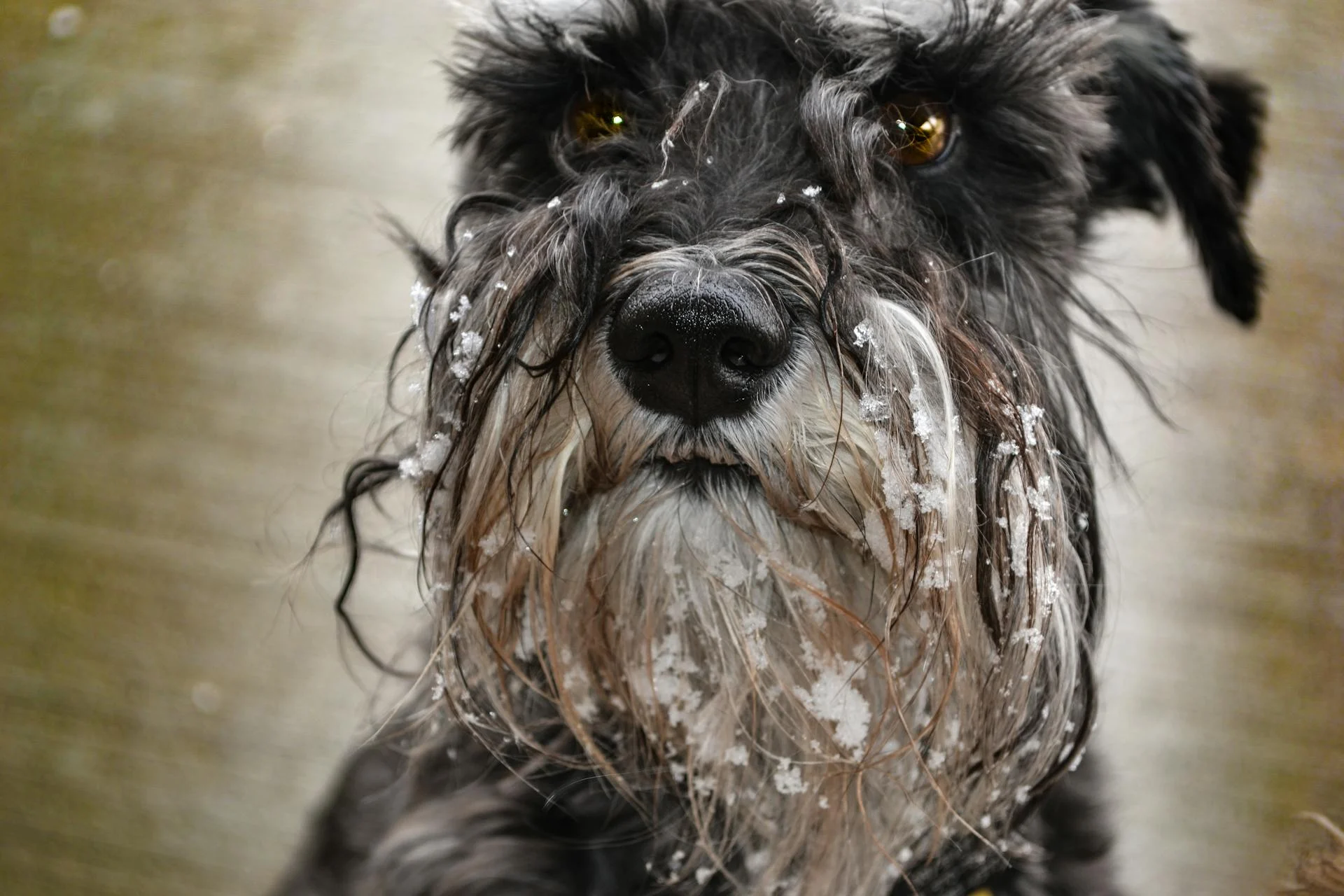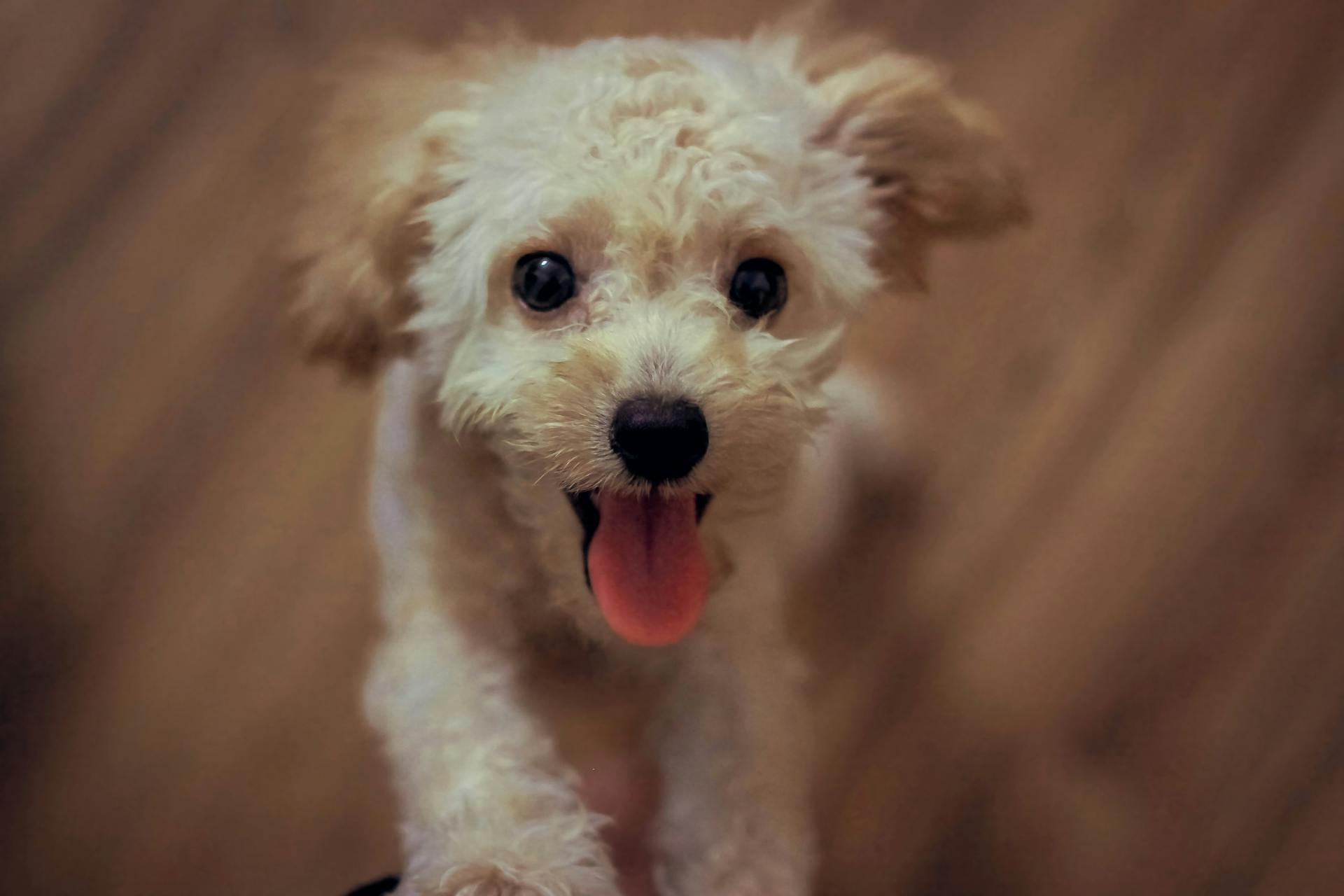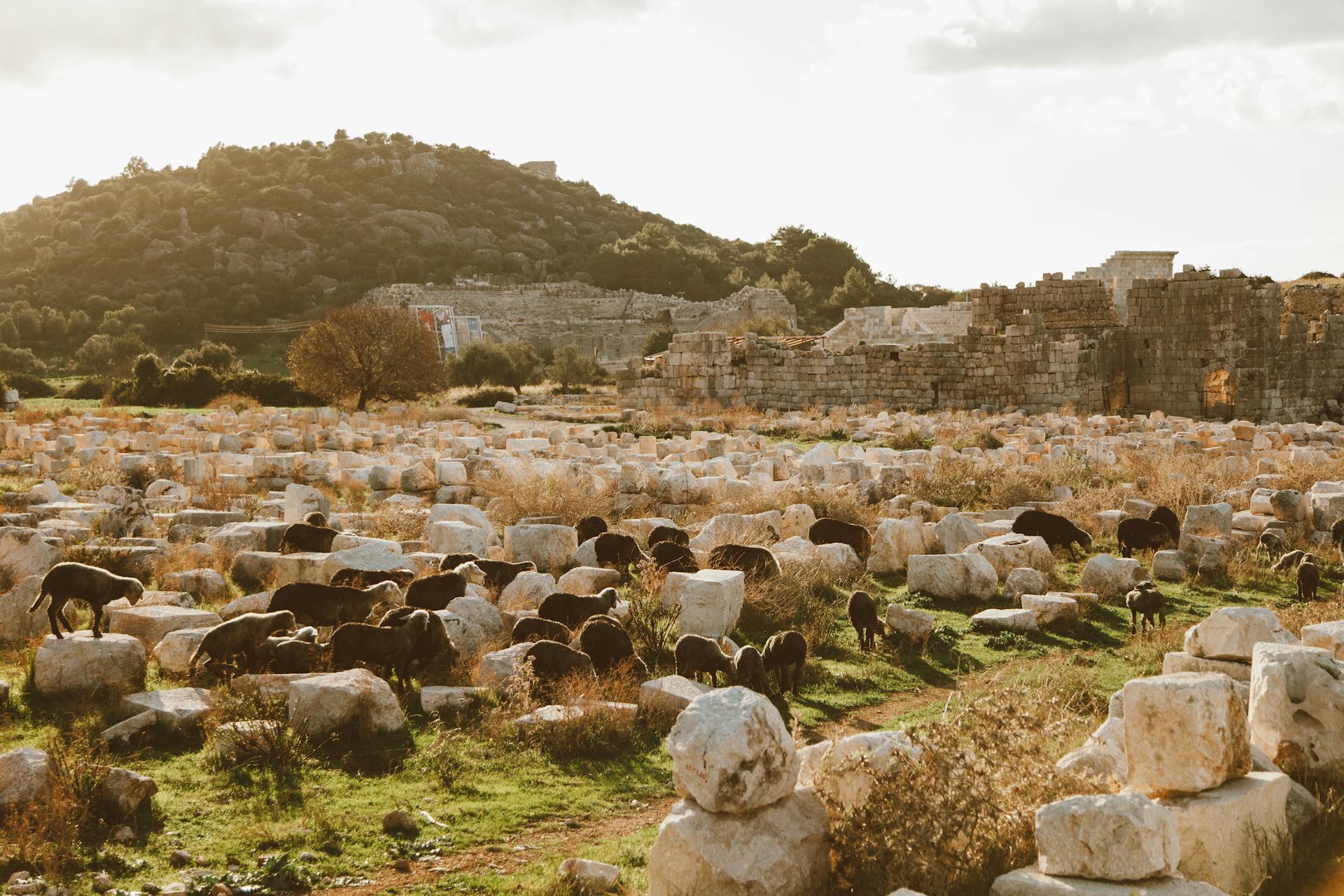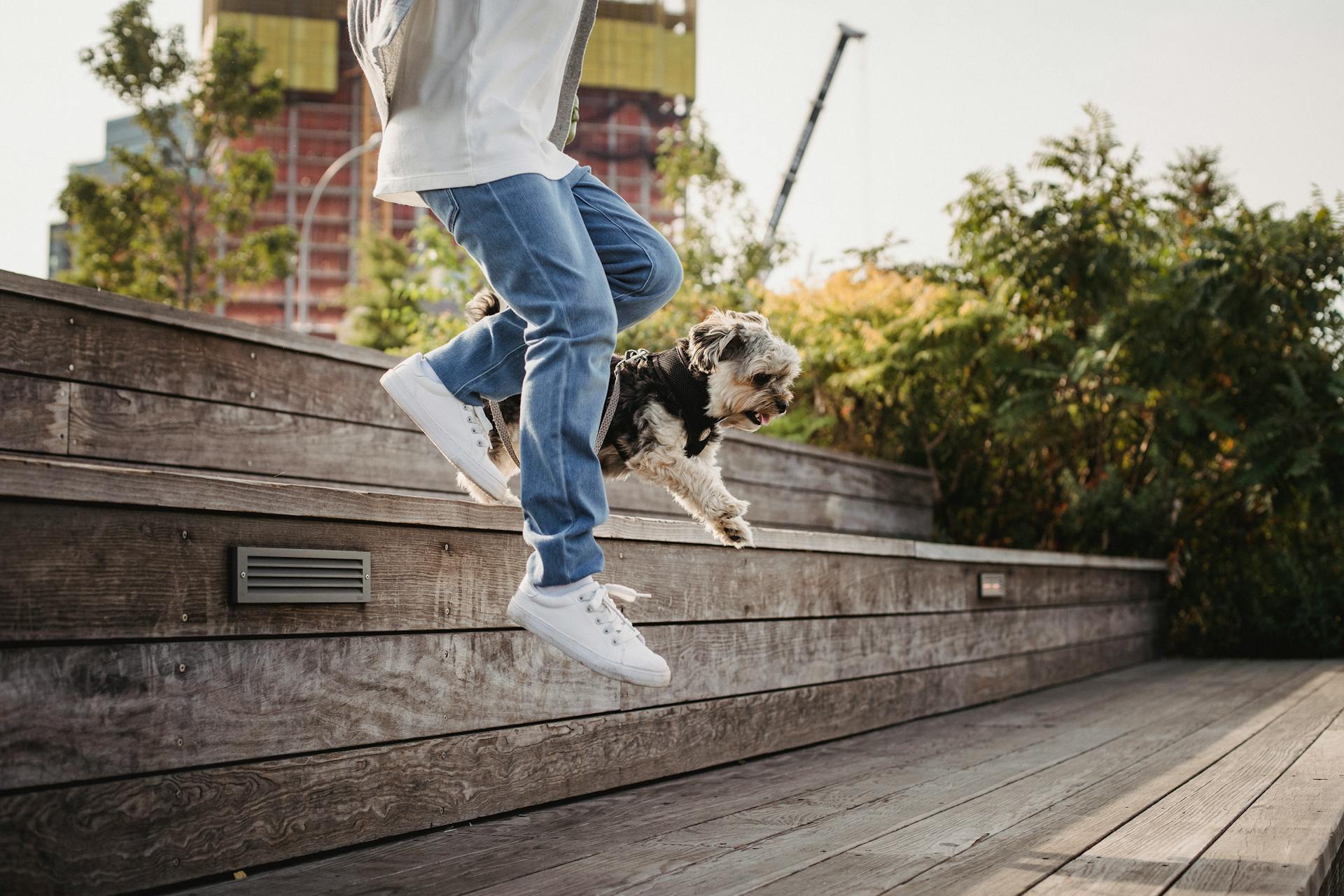
The Standard Yorkshire Terrier, also known as the Yorkie, has a rich history dating back to the mid-19th century in England.
Their origins are rooted in the development of the Old English Black and Tan Terrier, which was crossed with other breeds to create the modern Yorkshire Terrier.
Originally bred to catch rats in cotton mills and coal mines, Yorkies were known for their fearlessness and tenacity.
Their small size belies their big personality, making them a popular companion animal.
Physical Characteristics
Yorkshire Terriers, or Yorkies, have a distinctive appearance that's hard to miss. They have a long, blue and tan coat that hangs straight and parts down the middle.
Their compact and well-proportioned stature is another key characteristic. Adult Yorkies typically weigh between 5-7 pounds, with some being smaller or larger. To estimate your Yorkie pup's full-grown weight, simply double their weight at three months - if they weigh 3 pounds at three months, they'll likely weigh around 6 pounds as an adult.
Consider reading: Australian Silky Terrier Yorkies
Yorkies are known for their self-assured manner and carriage, which is evident in their confident stride and held-high head. This spunky demeanor is a hallmark of the breed.
Their silky, smooth, and glossy coat requires regular brushing to maintain its shine and overall appearance. A daily brushing session will help keep their coat looking its best, and a warm bath every two weeks will keep them clean and healthy.
The body of a Yorkie should be well-proportioned and compact, with a relatively short, level back. This balance is essential for their overall appearance and movement.
The American Kennel Club emphasizes the importance of coat color, quality, and texture in adult Yorkies. Their coat should be glossy, fine, straight, and silky, with a dark grey to black color on the back, sides, and tail, and a bright, rich tan color on the head, high chest, and legs.
Here's a breakdown of the typical coat colors and textures you can expect in a standard Yorkie:
- Dark grey to black color on the back, sides, and tail
- Bright, rich tan color on the head, high chest, and legs
- Coat should be glossy, fine, straight, and silky
Keep in mind that while these characteristics are essential for a standard Yorkie, some variations in coat color or texture won't affect their overall breed status.
History and Facts
The Yorkshire Terrier has a rich history that dates back to 1861, when it was first bred in England as the Broken Haired Scotch Terrier.
This breed was originally developed in Yorkshire, England, and its name is a nod to its origins.
The Yorkshire Terrier was recognized by the American Kennel Club (AKC) in the late 1800s, solidifying its place as a beloved breed.
Yorkies are born with a distinctive tan and black coat, which transitions to blue as they mature.
The breed's early development involved breeding Black-and-Tan Terriers with the Paisley and Clydesdale Terriers to create a ratting terrier.
A different take: Boston Terrier New England
Breed Facts
The Yorkshire Terrier has a rich history, and there are some fascinating facts about this breed.
The Yorkshire Terrier received its name from where they were developed, Yorkshire, England.
In the late 1800s, the Yorkshire Terrier was recognized by the American Kennel Club (AKC).
History
The Yorkshire Terrier originated in Yorkshire, England, in the mid-nineteenth century.
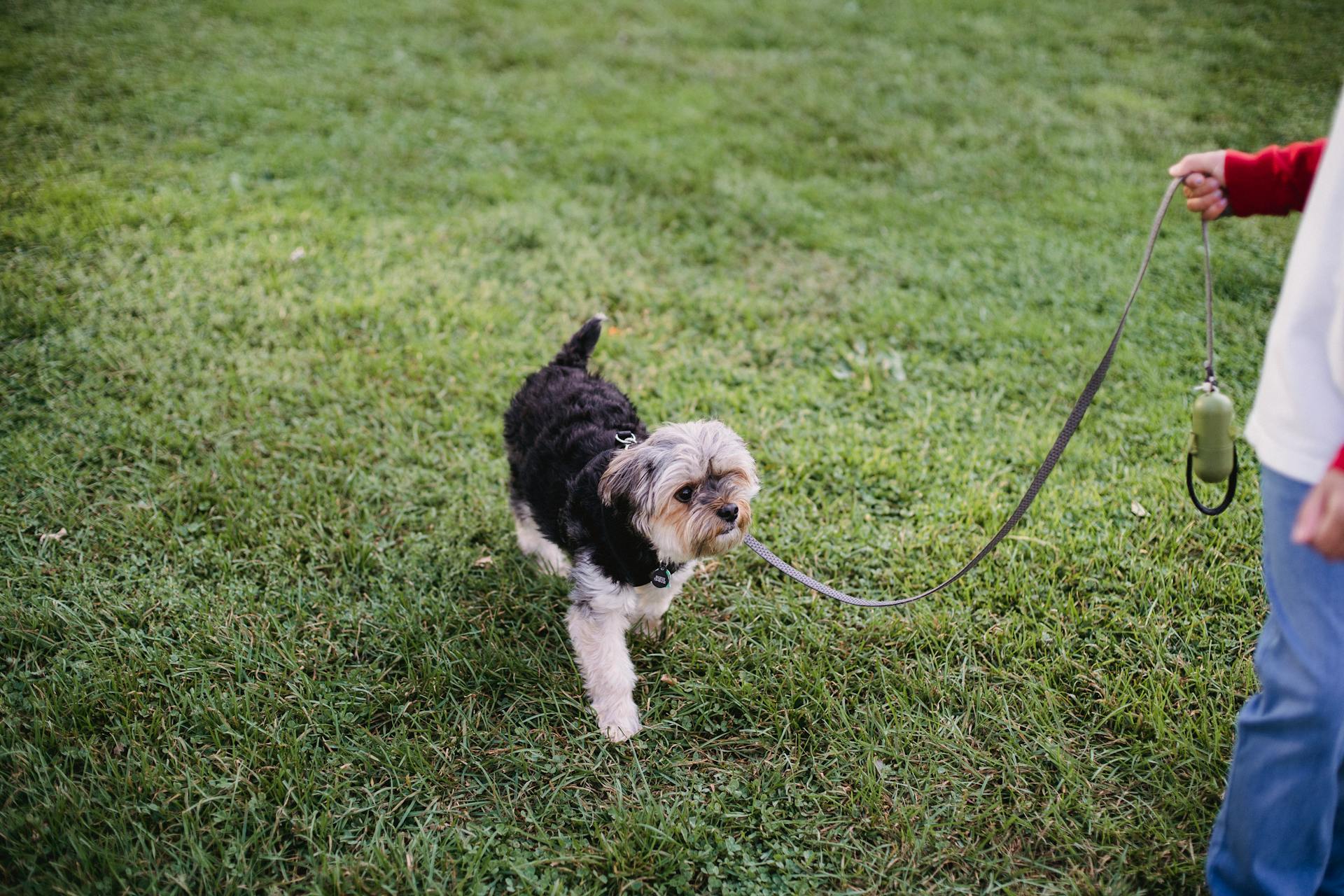
The breed was developed by workers from Scotland who came to Yorkshire in search of work and brought their terrier dogs with them. These workers, mostly operatives in cotton and woollen mills, bred the dogs in the counties of Yorkshire and Lancashire.
The Yorkshire Terrier was originally bred from two distinct dogs, a male named Old Crab and a female named Kitty, and another female whose name is not known. The Paisley Terrier, a smaller version of the Skye Terrier, also figured into the early dogs.
The breed was initially known as the Broken Haired Scotch Terrier, but its name was changed to Yorkshire Terrier in 1874. This name change was likely due to the breed's significant improvement in Yorkshire.
Yorkshire Terriers were first recognized by the American Kennel Club (AKC) in the late 1800s.
Health and Grooming
Yorkies are prone to some common health issues, including problems with their teeth, bronchitis, slipped stifle, indigestion, and eye infections. Regular dental care can help prevent these issues.
Daily brushing is essential to prevent matting of their long fur, and regular haircuts from a professional groomer can help keep their coat in good condition.
Yorkies require a high level of grooming due to their long, silky coat. To prevent breakage, their coat may be wrapped in rice paper, tissue paper, or plastic after a light oiling with a coat oil.
Yorkshire Grooming
Yorkshire grooming requires a high level of attention to prevent matting of their long fur, which can happen if not brushed daily. Daily brushing is essential to keep their coat healthy and prevent knots.
Yorkshire Terriers have a long, silky coat that continues to grow, much like human hair. This means they don't shed as much as other breeds, but they still need regular grooming.
To keep their coat looking its best, owners can choose from a number of cuts and styles, including a top knot to keep fur out of their eyes or a trimmed-all-over 'puppy cut'. Regular haircuts from a professional groomer are also necessary.
For more insights, see: Shih Tzu Fur
The traditional long coat is extremely high maintenance and requires regular brushing to prevent breakage. To prevent breakage, the coat may be wrapped in rice paper, tissue paper or plastic, after a light oiling with a coat oil.
A bristle brush is best for short and shaved coats, while a pin brush is better for long coats. The long coat on the Yorkshire Terrier requires regular brushing to prevent matting and knots.
Here are some tips for grooming your Yorkshire Terrier:
- Daily brushing is essential to prevent matting and knots
- Choose from a number of cuts and styles, including a top knot or a trimmed-all-over 'puppy cut'
- Regular haircuts from a professional groomer are necessary
- Use a bristle brush for short and shaved coats and a pin brush for long coats
- Wrap the coat in rice paper, tissue paper or plastic after a light oiling with a coat oil to prevent breakage
Yorkie Health Problems
Yorkies are known to develop issues with their teeth, so it's essential to feed them with something dry or a bone to keep them strong.
They are also prone to bronchitis, which can be a concern for their overall health.
Slipped stifle is another common issue that Yorkies may face, and it's often associated with their joint health.
Yorkies can also be prone to indigestion, especially if they're not fed a balanced diet.
Eye infections are another health concern that Yorkies may experience, and it's crucial to keep an eye out for any signs of infection.
On a similar theme: Yorkshire Terrier Eye Infection
Frequently Asked Questions
What are the three types of Yorkies?
The three main types of Yorkshire Terriers are the Original, Parti, and Black Yorkie, each with distinct characteristics. Discover the unique features of each type to find the perfect Yorkie for you.
What is the difference between a Yorkie and a Yorkshire Terrier?
There is no difference between a Yorkie and a Yorkshire Terrier, as "Yorkie" is a nickname for the breed. The Yorkshire Terrier is a fully recognized breed name, while "Yorkie" is a colloquialism often used for convenience.
What is the breed standard for a Yorkshire Terrier?
A Yorkshire Terrier is a compact, long-coated breed with a straight and evenly hanging coat, conveying a vigorous and well-proportioned body. Its upright carriage and neat appearance give it an important and dignified air.
Sources
- https://www.dummies.com/article/home-auto-hobbies/pets/dogs/breeds/terriers/yorkshire-terriers-the-akc-breed-standard-195799/
- https://www.dummies.com/article/home-auto-hobbies/pets/dogs/breeds/terriers/knowing-what-an-ideal-yorkshire-terrier-looks-like-201095/
- https://www.petlandiowacity.com/breed/yorkshire-terrier/
- https://en.wikipedia.org/wiki/Yorkshire_Terrier
- https://www.petplan.co.uk/pet-information/dog/breed/yorkshire-terrier/
Featured Images: pexels.com
